Although simple on the surface, a backlight can be used in several ways. It’s not just for separating your subject from the background; it can also tell a story. In the tutorial below, I will run you through two scenes where using backlight can elevate your cinematography and your intended story.
Breaking Down Backlight
Generally, you may hear a backlight broken down into four terms: Rim light, edge light, hair light, and kicker. Knowing how each of these aspects of backlight affects an image’s look, feel, and even narrative can be a necessary insight when creating a scene. This is lighting for Cinema A to Z (you can find the entire playlist here).
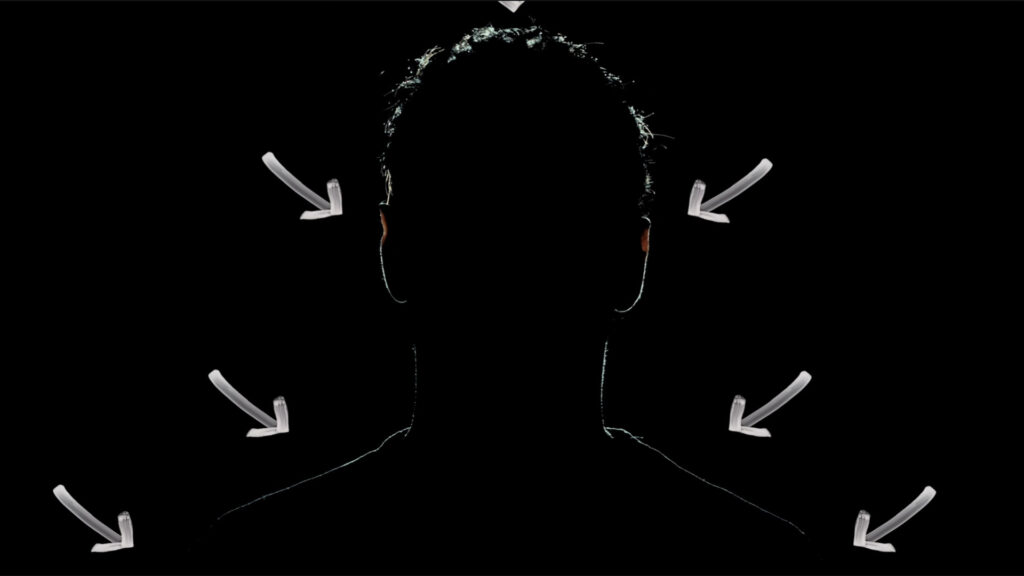
Rim light is the way we may envision backlight overall when we first become familiar with the term. It generally means an object or subject backlit in a broader capacity so that their head, shoulders, and possibly even more of their body are lit from behind, relative to the camera. Besides creating depth, a rim light can elicit a feeling or emotion in an image, which can be exaggerated or even changed using other elements like music.
Example 1: A Dark and Threatening Scene:
This relatively abstract scene of our subject in a dimly lit room, backlit by a somewhat ambiguous practical light, feels dark and a little threatening.
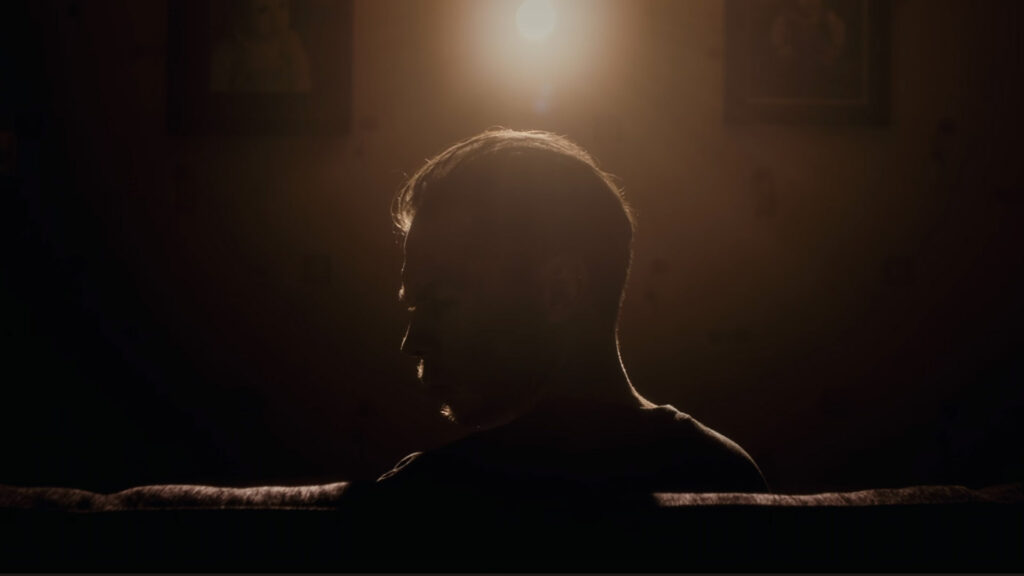
The bright light shines directly at us, the viewer, and we can only make out his facial features. The rim light shapes and separates his head and shoulders, creating a dark silhouette. This was lit with a boom arm in front of our subject, a Nanlite Forza 60c, and a reflector dish attached.
So maybe we want something less threatening and more mysterious but still dark. We added a slight light wrap on our subject’s left side using a gridded Pavot tube 15 C2, placing it at a backlit angle without interfering with the overall shape of our rim light.

Now, when he turns, this wrap helps to reveal a little more detail on the face, and with a change in music, we shift the tone toward a more mysterious feeling around our subject.
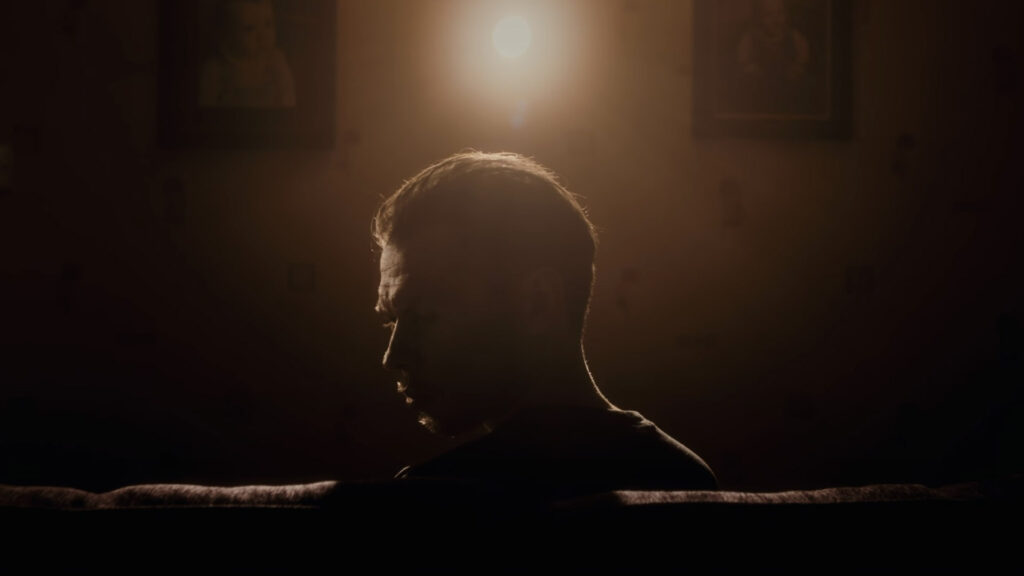
Another tonal shift, a third light, is introduced, revealing more detail on the subject’s face. We attached a second Forza 60c reflector dish aimed at the ceiling in front of and just to the left of our subject. Retaining a darker atmospheric soundtrack with a sudden shift to something more dramatic, we achieve a different feeling to the other two scenarios.
Now, it feels like some dark revelation. We’ve given more context to the simple threatening scene we started without knowing the full story behind the shot—three feelings built from a simple rim light. You can see how versatile the simple rim light can be in describing a tone to the audience. But a rim light can be flexible enough to emphasize different moods without changing the lighting.
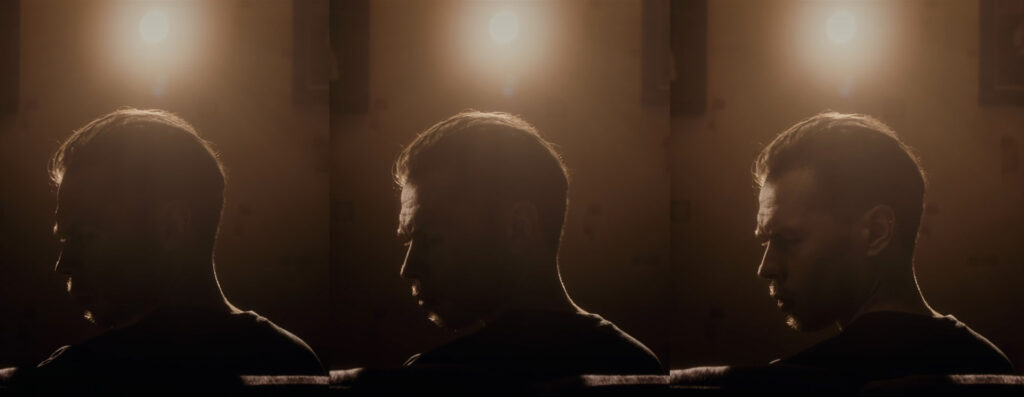
Example 2: Creating a Hostile Atmosphere:
In the second short sequence, the music and the lighting make it evident that this character isn’t friendly, and the lighting helps convey this.
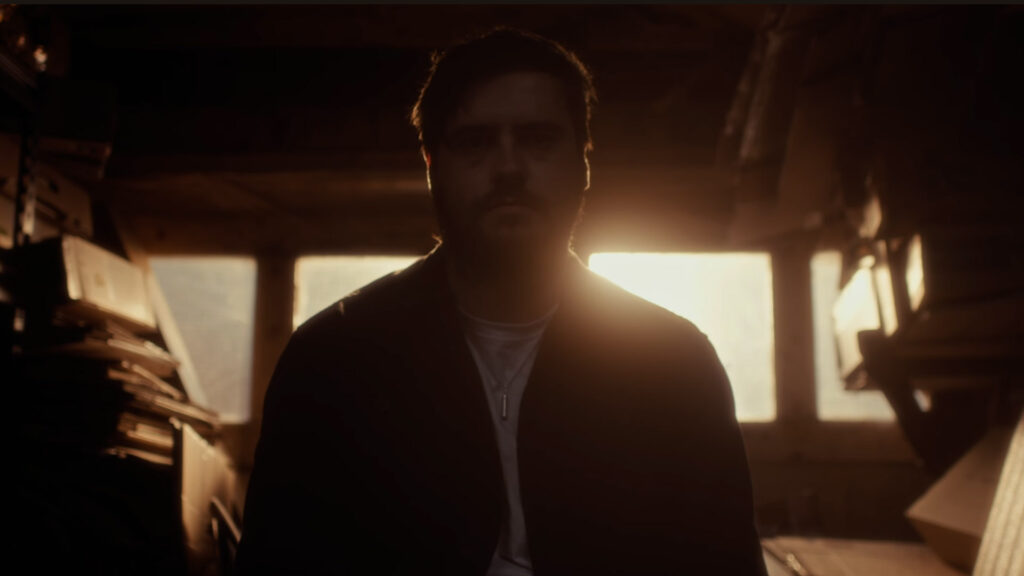
The rim light from the sunset outside the garage doors highlights the shoulders and head, enabling us to expose his face much darker while still making it very obvious to our audience that they’re looking at a person. They’re not likely to imagine anything good happening in the scene after he stands up.
To create the rim light, we started with the ambient light coming through this small workshop’s top and back windows. We placed a Nanlux 1200B outside these back windows, acting as our sunset. This could have been achieved with a much cheaper lighting fixture, but we chose the 1,200 B for its weatherproofing.
This sunset light shining in and around the location also helps to bring a little detail back onto our subject’s face, but due to the size of the windows and our subject’s position, we’re not entirely covering both his head and shoulders.
We placed a Forza 60c reflector dish attached a little above and behind him to fix this. Since the subject obscures the little 60c for the duration of the shot, it extends the sunset backlight into a full rim light, helping to create a more clearly outlined silhouette.
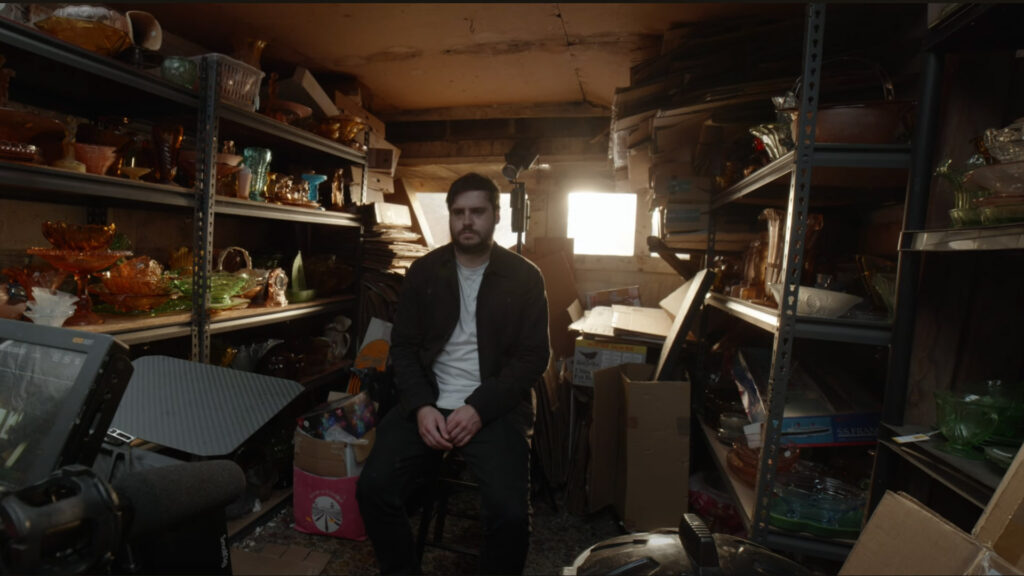
So, while keeping this same lighting setup, let’s change the music and add an extra shot, changing the context of the scene (refer to the video). With both hopeful-sounding music and showing our character being released, it also changes the context of our lighting. It now feels more representative of a savior figure. We still can’t make out his face very well, but the rim light might subtly suggest something more angelic, like a halo around this mystery person who helps release our other character. The same lighting is used in both cases, with the rim light emphasizing or representing two different feelings carried by the choice of music.
In part two, we’ll look at the edge light and how the one-sided nature of this backlight can be used alongside direction and position to accentuate the narrative or feelings in a scene.
Additional Learning Resources
If you’d like to learn more about recreating daylight, check out my course on ShopMoment. It teaches you how daylight works naturally in terms of quality and color, demonstrating how simply knowing these qualities will allow you to translate them into an image lit with intention. Alternatively, for ad-free extended tutorials, you can find me on Patreon.
For more on cinematography, check out these articles:


